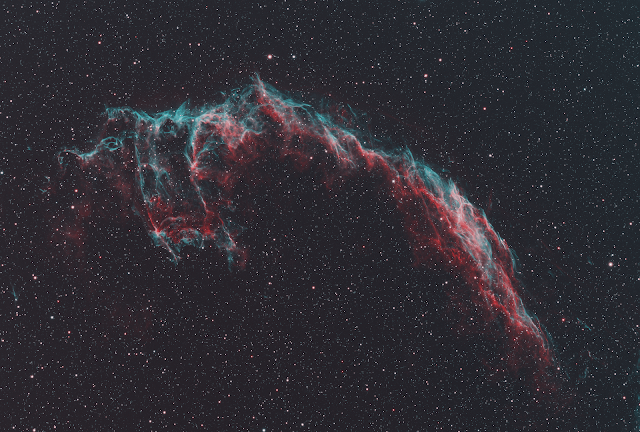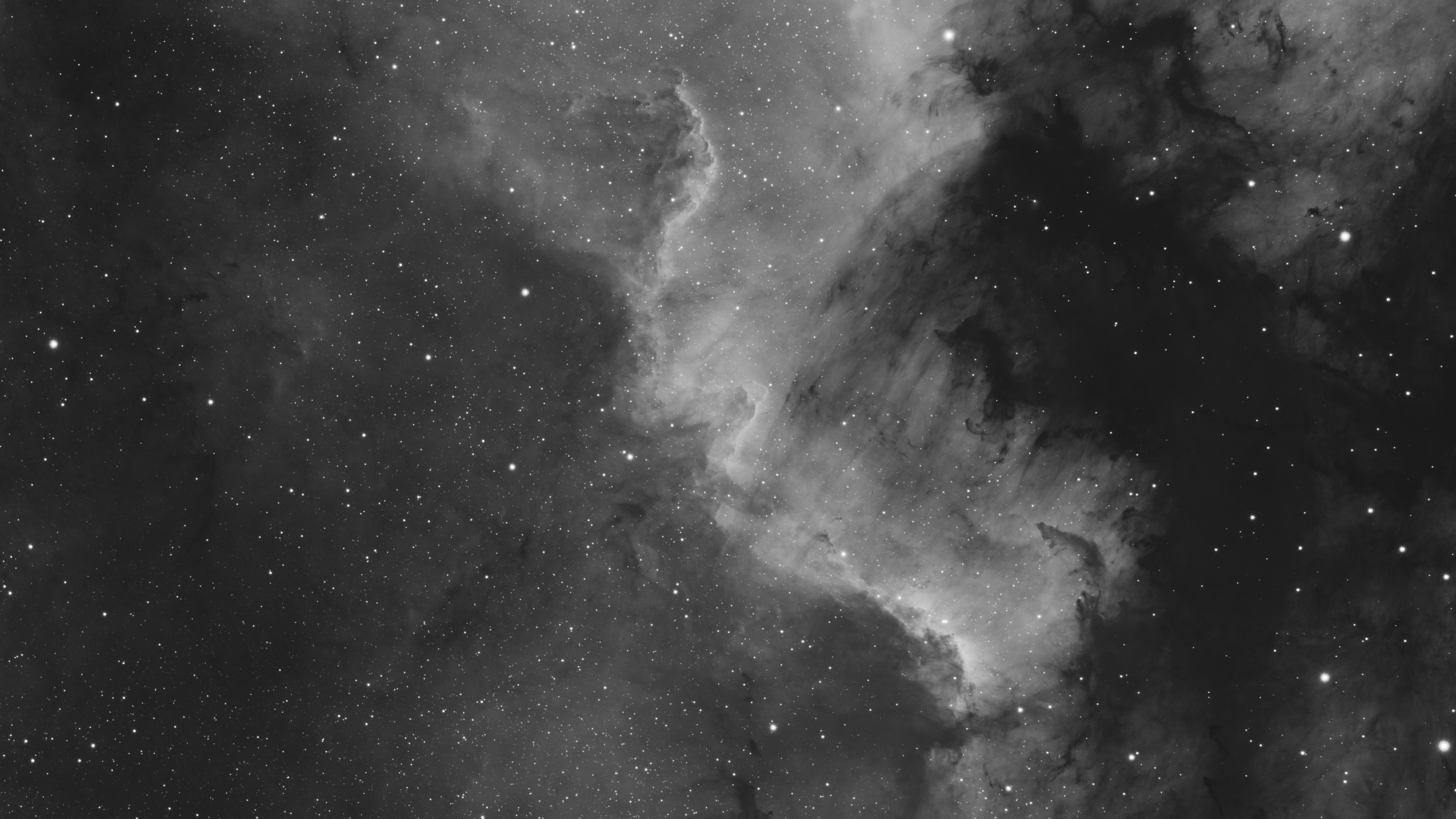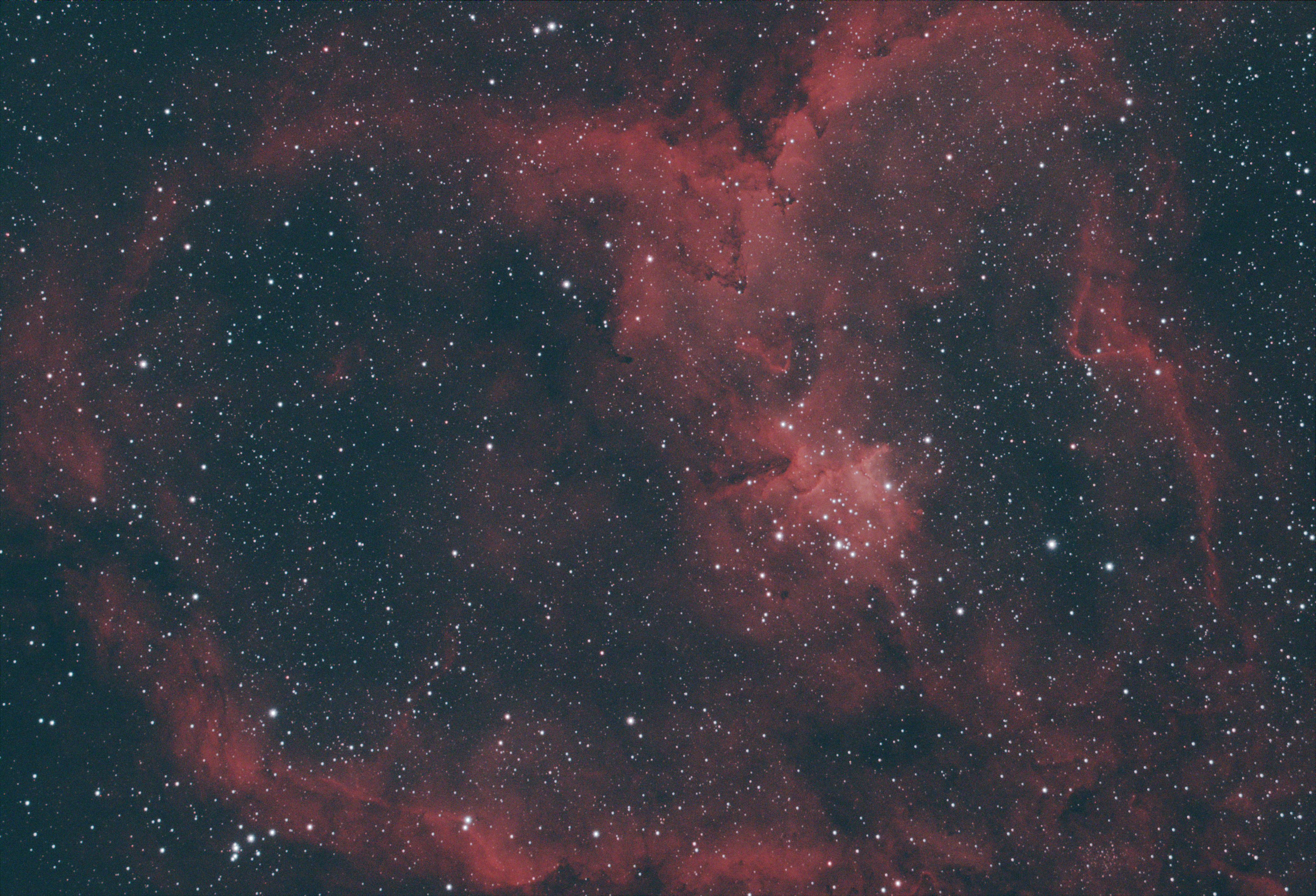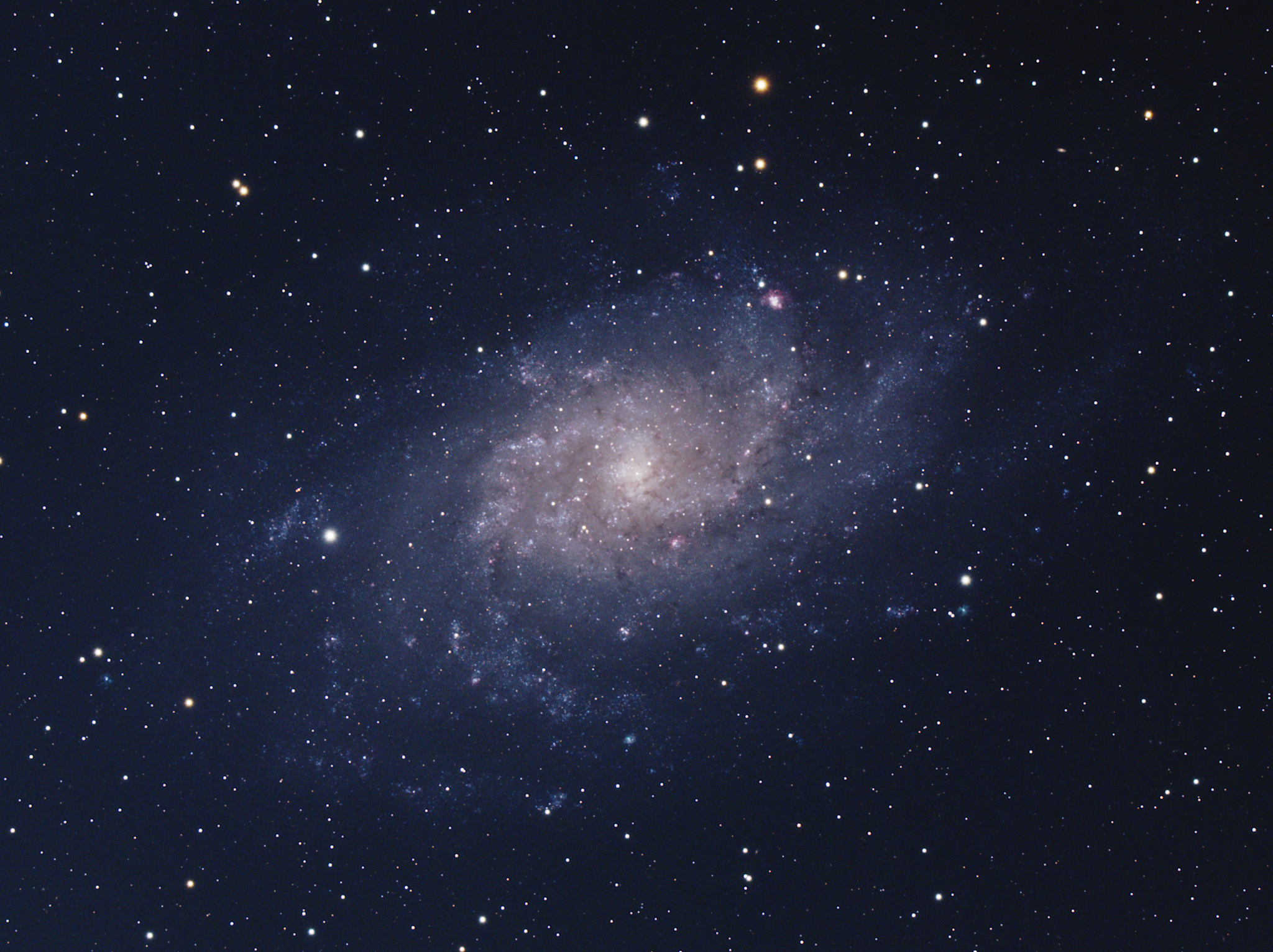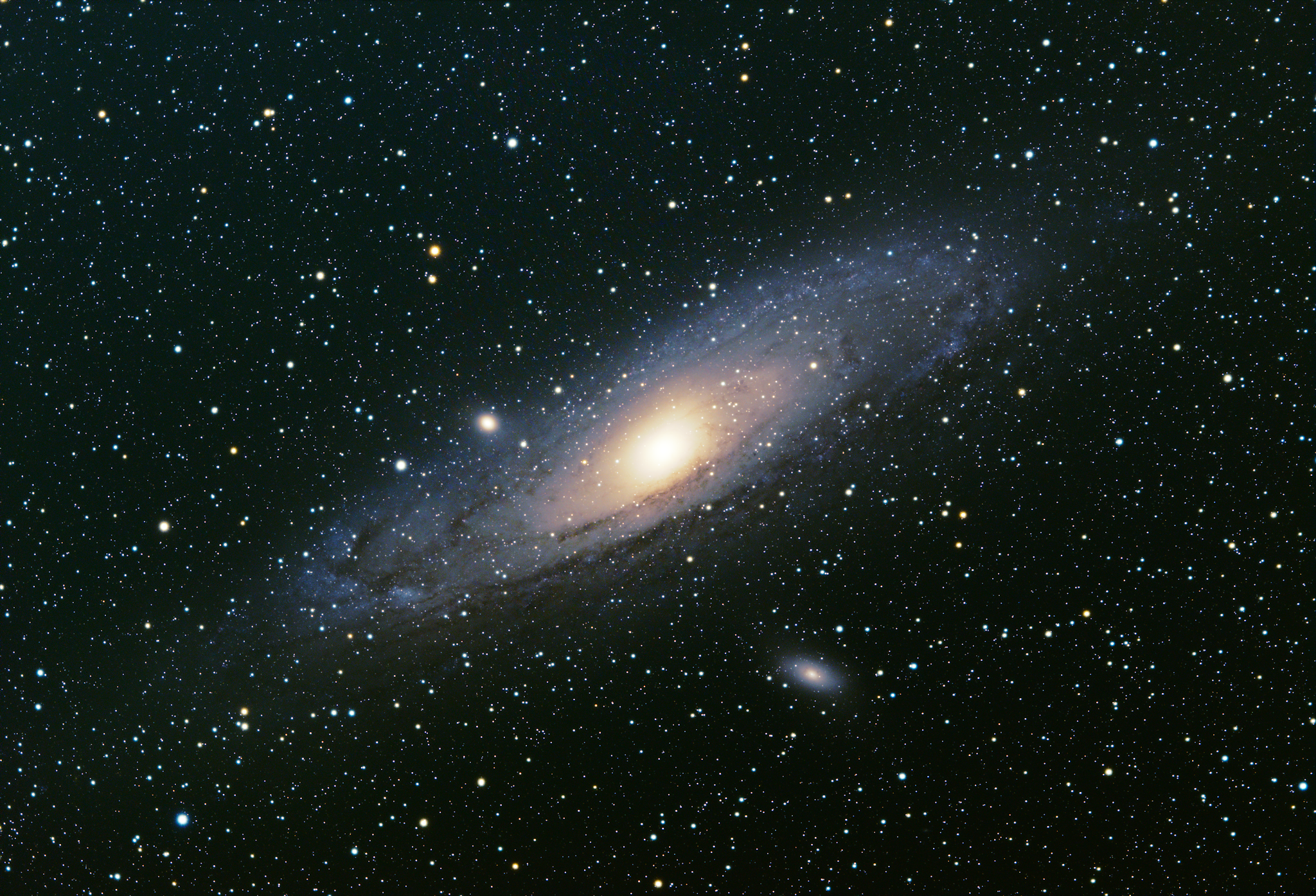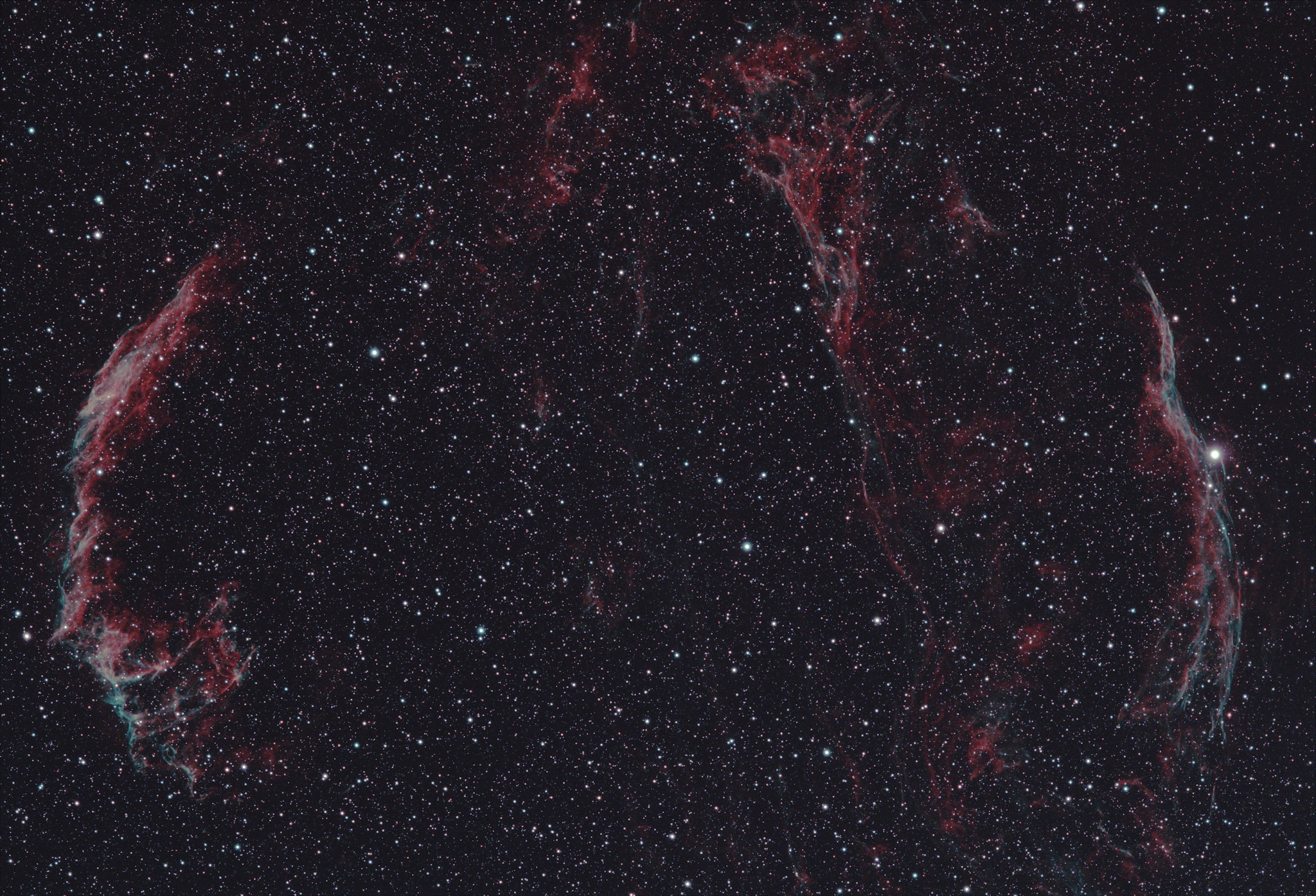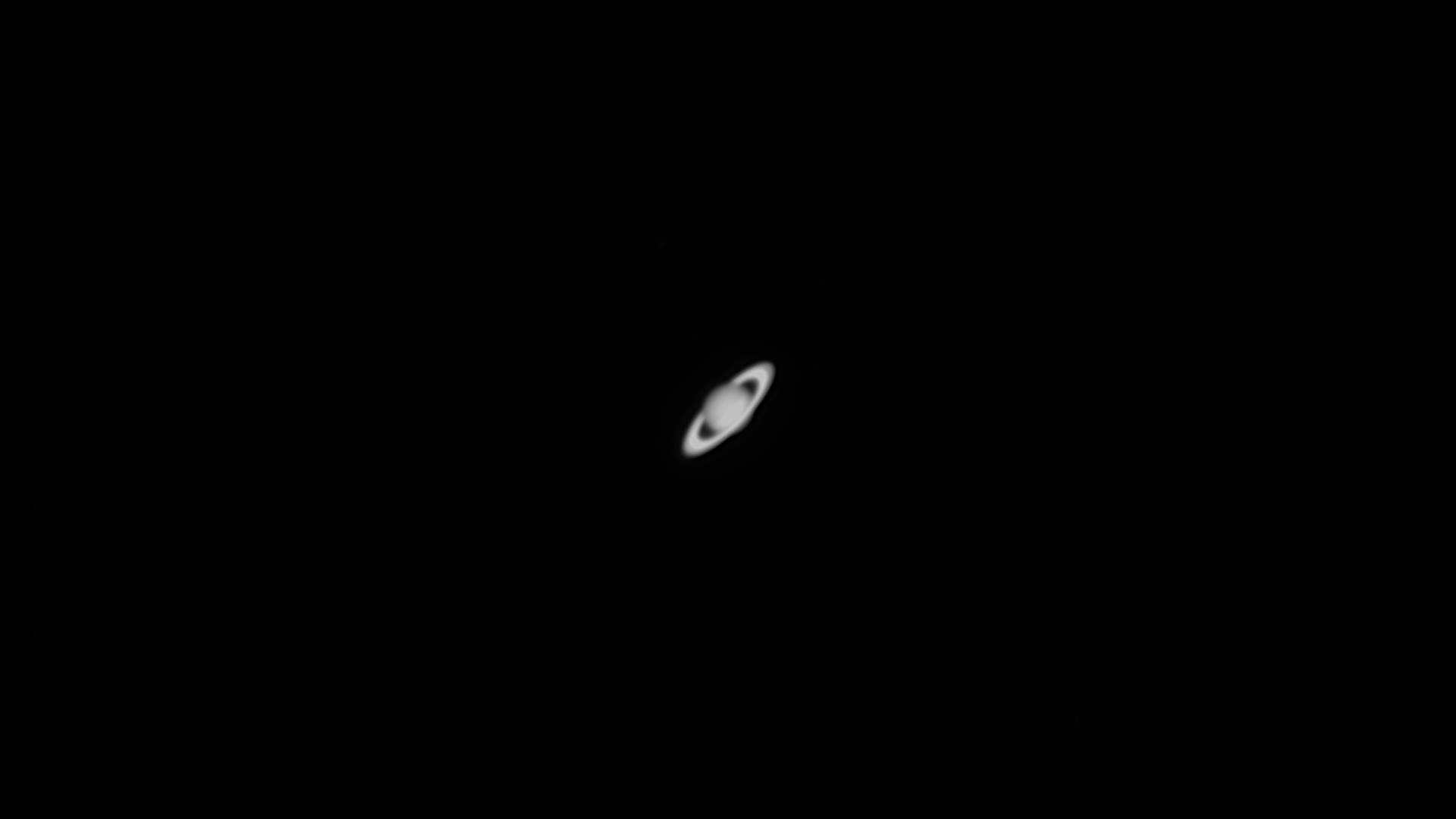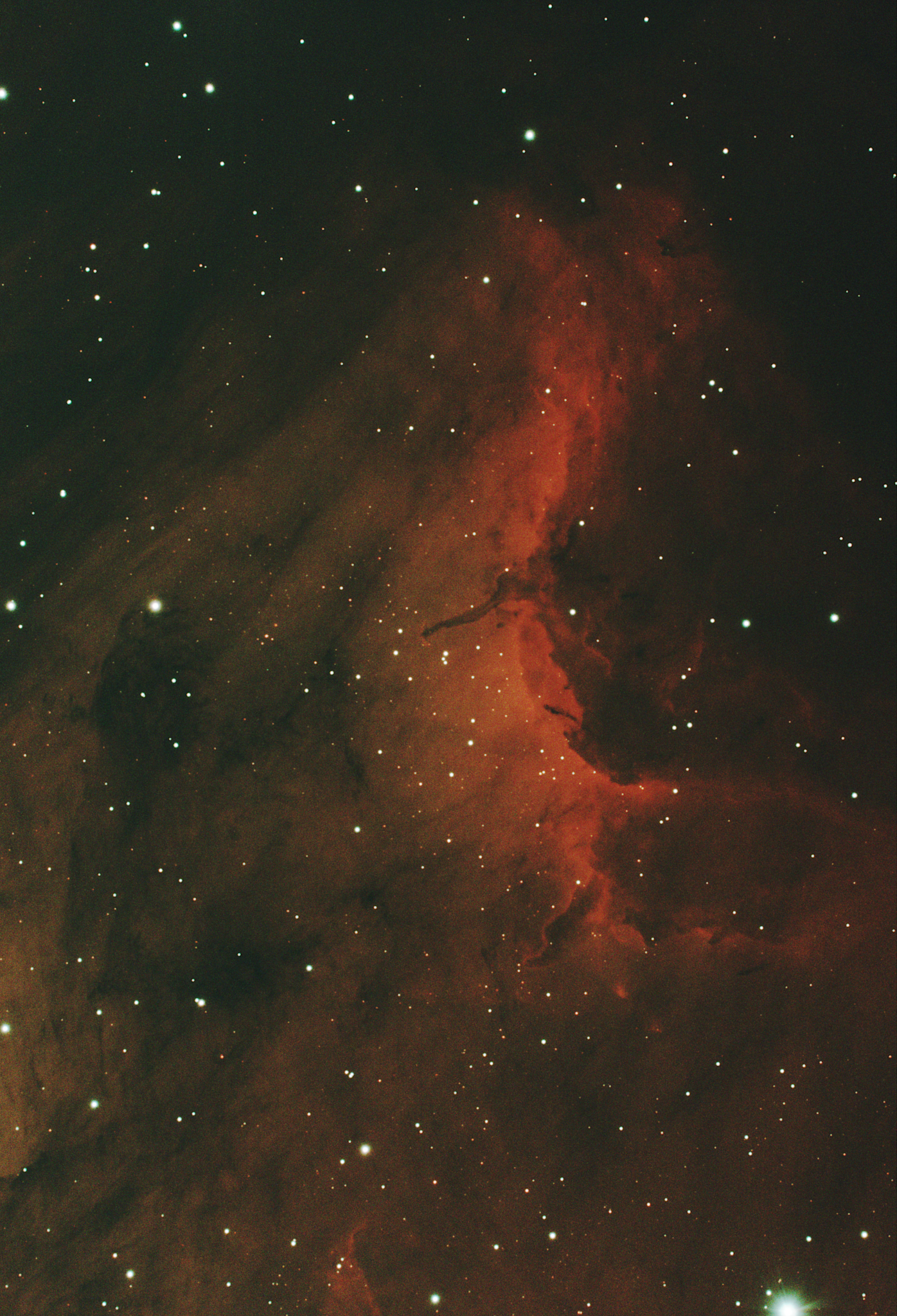Happy New Years, Pelicans!

The Pelican Nebula. Taken under Michigan skies throughout September, 2022. The Pelican Nebula is an emission nebula which has features resembling a long-billed waterbird known as the pelican. If the bird's bill doesn't first pop out to you, look for the pelican's neck and the rest should reveal itself. However, beyond the neck, head and bill, I don't see anything more resembling the bird. The next image is rotated and framed to most easily see the pelican (spoiler alert): The Pelican's Profile in the Pelican Nebula So is there really a pelican shaped cloud of light-emitting gas in space? No, not really. When we take a closer look at the structure, we begin to notice that the gradients that once gave the appearance of the opened-bill of a pelican are actually a stream of opaque dust in the foreground. The same is true for what ends up shaping the top of the pelican's head. In contrast, when we look at the back of the pelican's neck (right side in the above ma
